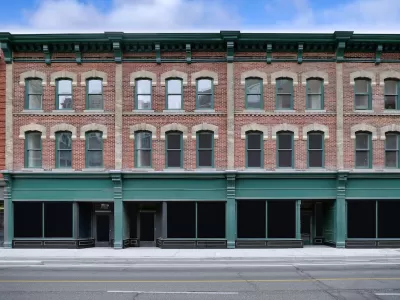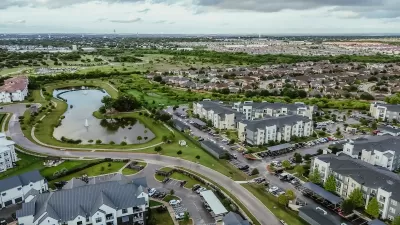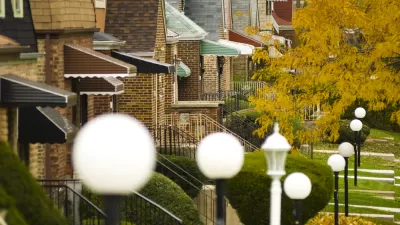The myth that there are plenty of vacant housing units in U.S. cities comes from misconceptions about leasing timelines and developer incentives.

In a piece for Greater Greater Washington, Patrick McAnaney, an affordable housing developer, contradicts the belief that there are enough vacant housing units in the United States to fulfill demand, if only housing was distributed more effectively.
According to McAnaney, “Some level of vacancy is necessary for any functioning real estate market. If there were no vacant units available, finding a home to rent or buy would be impossible. Yet a large number of vacant units can also be a problem, as it indicates an oversupply.” Historically, vacancy rates hover at roughly 7 to 8 percent. A higher vacancy rate gives renters more leverage, while a low vacancy rate forces them to compete and gives landlords more power.
McAnaney explains that brand new apartment buildings typically take around two years to reach ‘stabilization,’ where the vacancy rate hovers at around 6 percent. “This typical lease-up period can lead to a common misconception by outside observers: A new building with high levels of vacancy is perceived as proof more homes didn’t need to be built.”
As of October 2024, the national vacancy rate was 6.8 percent. In Washington, D.C., the rate is 5.3 percent. In McAnaney’s opinion, “There is simply no compelling evidence that a surplus of vacant homes exists, especially in high-cost cities, like the District. Rather, ‘vacancy trutherism’ is largely based on misconceptions regarding lease-up timelines and economic incentives for newly constructed buildings.” In McAnaney’s assessment, “Adding new supply drives up the vacancy rate to the point where it blunts or even reverses price increases.”
FULL STORY: Debunking the vacancy myth

Alabama: Trump Terminates Settlements for Black Communities Harmed By Raw Sewage
Trump deemed the landmark civil rights agreement “illegal DEI and environmental justice policy.”

Study: Maui’s Plan to Convert Vacation Rentals to Long-Term Housing Could Cause Nearly $1 Billion Economic Loss
The plan would reduce visitor accommodation by 25% resulting in 1,900 jobs lost.

Planetizen Federal Action Tracker
A weekly monitor of how Trump’s orders and actions are impacting planners and planning in America.

Wind Energy on the Rise Despite Federal Policy Reversal
The Trump administration is revoking federal support for renewable energy, but demand for new projects continues unabated.

Passengers Flock to Caltrain After Electrification
The new electric trains are running faster and more reliably, leading to strong ridership growth on the Bay Area rail system.

Texas Churches Rally Behind ‘Yes in God’s Back Yard’ Legislation
Religious leaders want the state to reduce zoning regulations to streamline leasing church-owned land to housing developers.
Urban Design for Planners 1: Software Tools
This six-course series explores essential urban design concepts using open source software and equips planners with the tools they need to participate fully in the urban design process.
Planning for Universal Design
Learn the tools for implementing Universal Design in planning regulations.
Caltrans
Smith Gee Studio
Institute for Housing and Urban Development Studies (IHS)
City of Grandview
Harvard GSD Executive Education
Toledo-Lucas County Plan Commissions
Salt Lake City
NYU Wagner Graduate School of Public Service





























